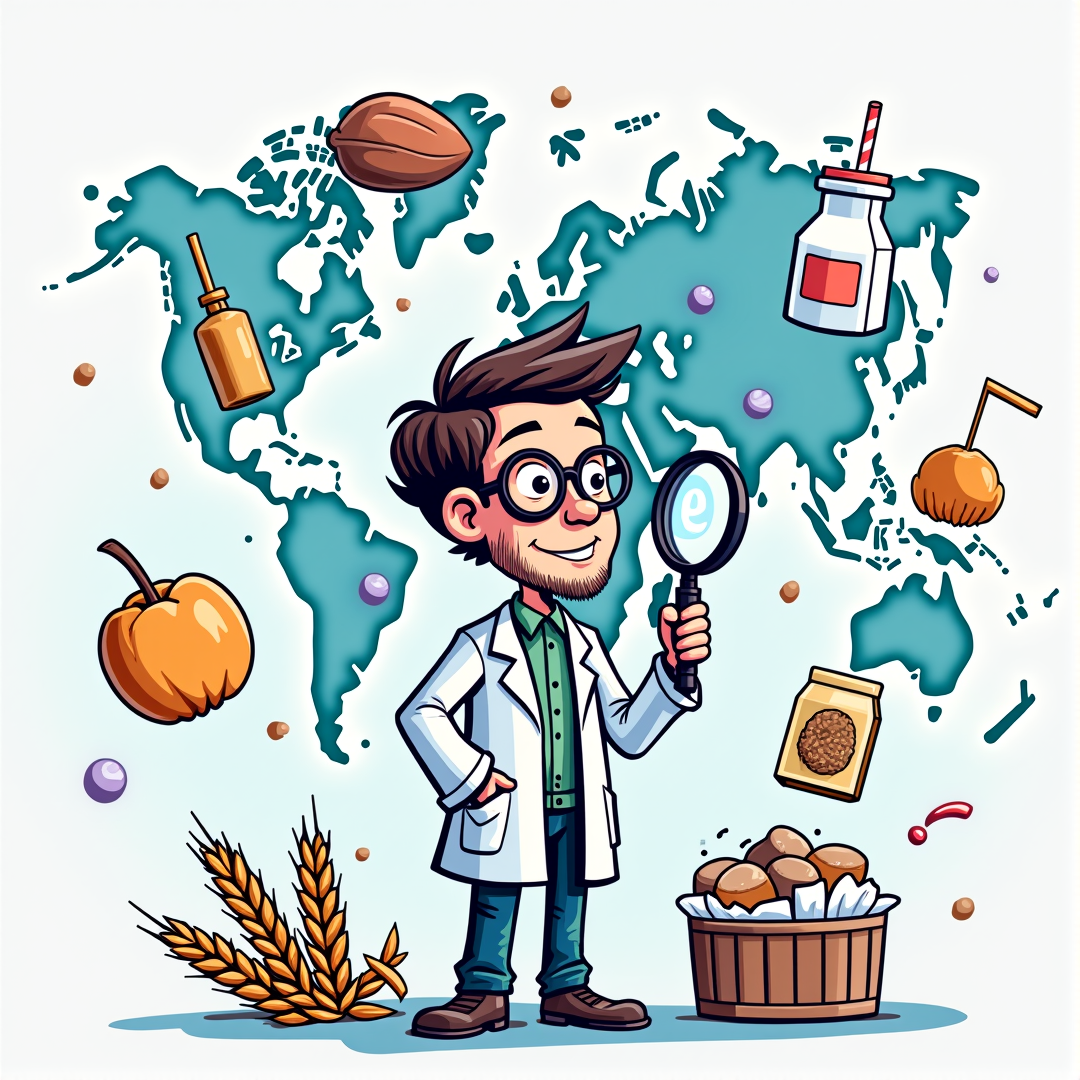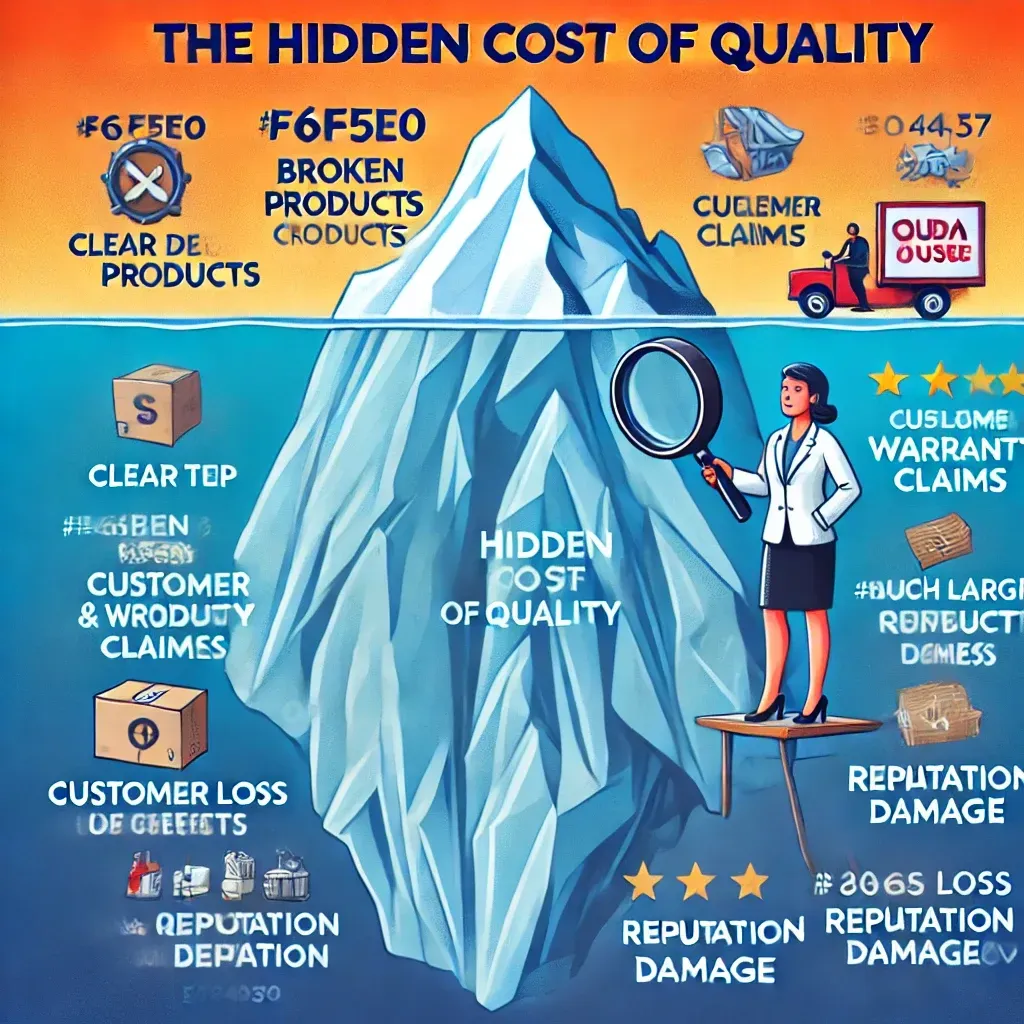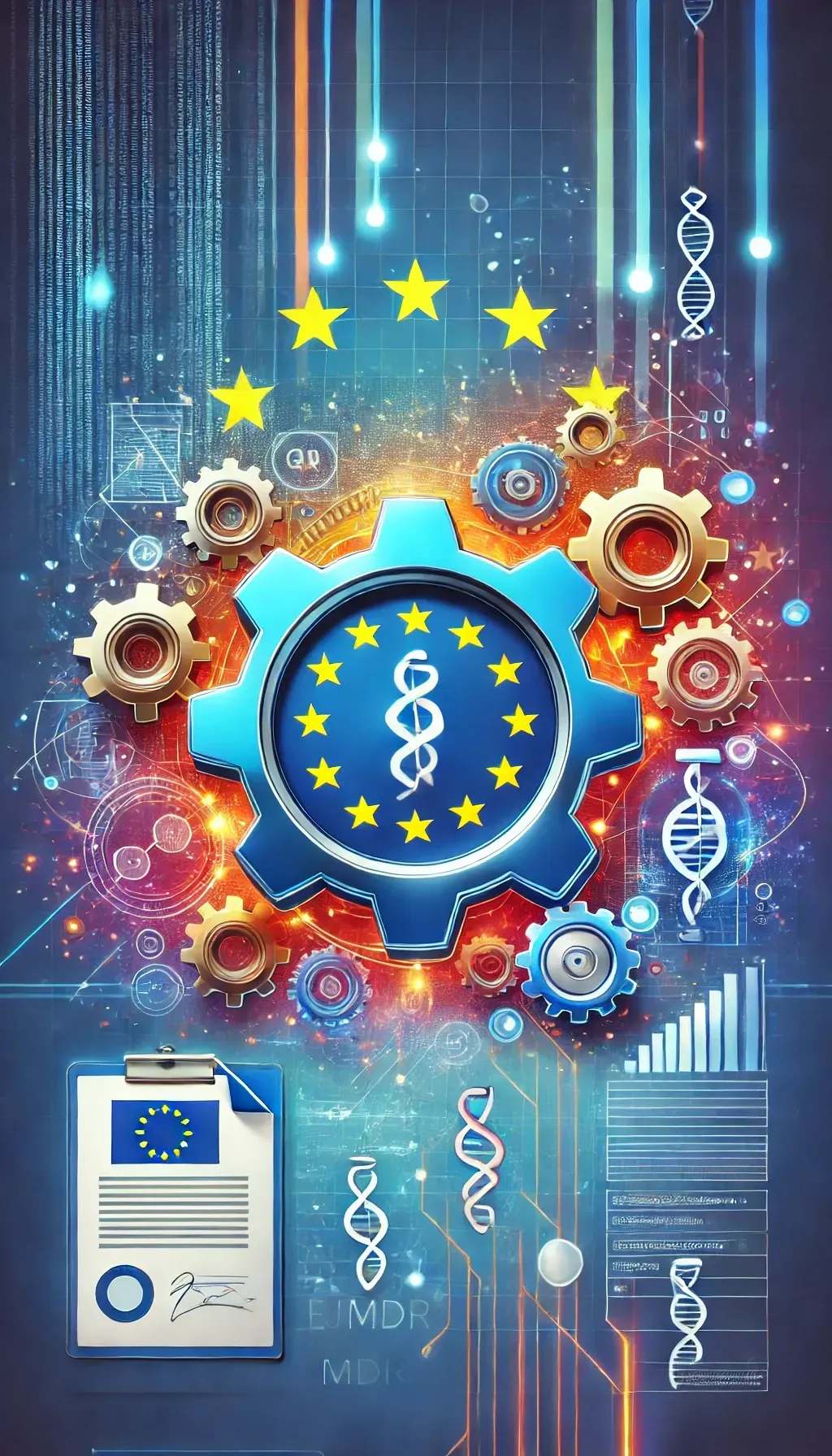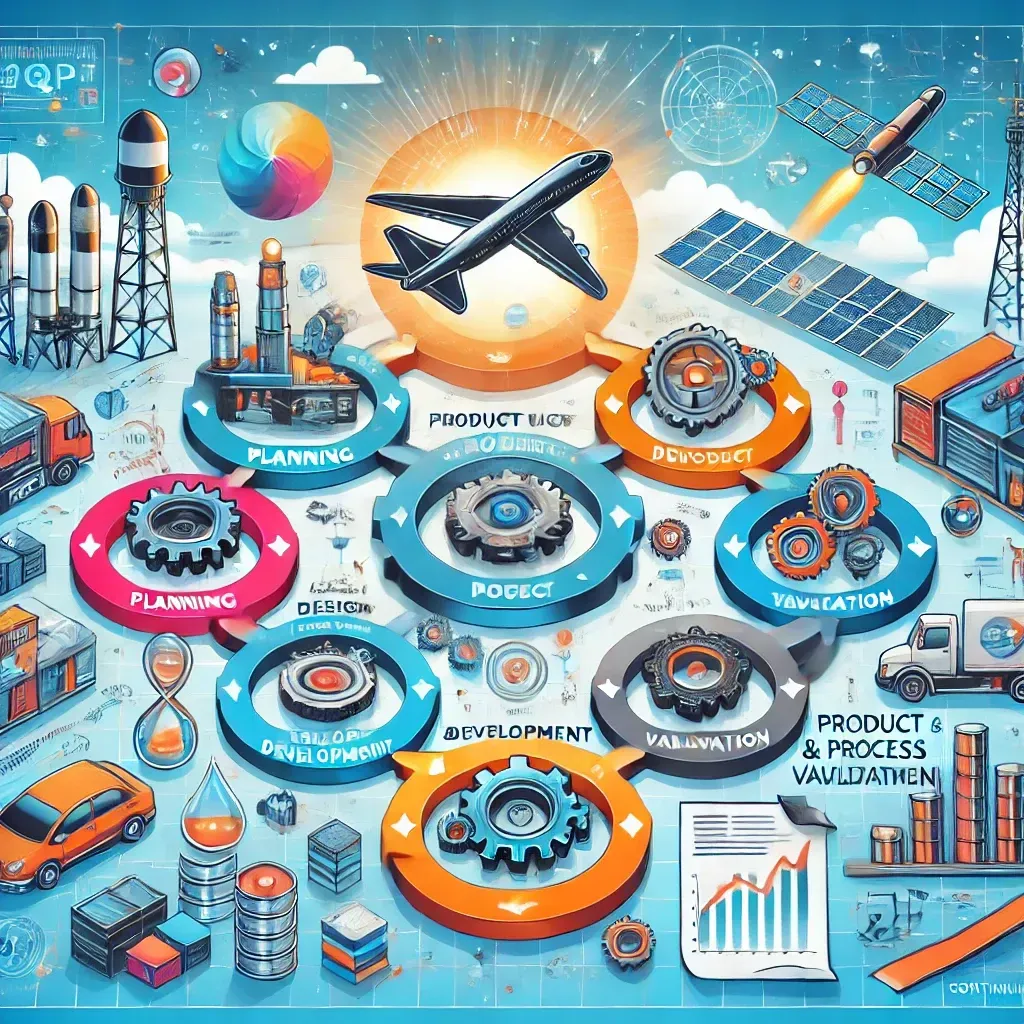A Comprehensive Guide to Creating a Technical File for 510(k) Submission
Introduction:
Welcome to Ronit Sadeh Consultants blog, where we provide expert advice on medical device regulatory affairs. Today, we'll be discussing the preparation of a technical file for a 510(k) submission. A 510(k) is a pre-market notification submitted to the FDA to demonstrate that a medical device is as safe and effective as an existing device on the market (predicate device). In this guide, we'll outline the key components of a successful technical file and offer tips for streamlining the submission process.
Understand the 510(k) Submission Requirements:
Before you start, familiarize yourself with the FDA's 510(k) submission requirements. This will help you gather the necessary information and avoid costly delays or rejections. You can find the most up-to-date information on the FDA's website.
Choose the Right Predicate Device:
Identify a legally marketed device (predicate) that is similar in intended use and technological characteristics to your device. A well-chosen predicate will make it easier to demonstrate substantial equivalence and streamline the review process.
Prepare the Device Description:
A clear and concise device description is crucial. Be sure to include:
- Device name and classification
- Intended use and indications for use
- Technological characteristics (design, materials, components, etc.)
- Comparison to the predicate device
Compile the Performance Testing Data:
Performance testing data must demonstrate that your device is as safe and effective as the predicate device. This may include:
- Biocompatibility testing
- Sterilization validation
- Shelf life and packaging validation
- Software validation (if applicable)
- Electrical safety and electromagnetic compatibility testing
Conduct a Risk Analysis:
Conduct a risk analysis, following ISO 14971 guidelines, to identify and mitigate potential hazards associated with your device. Include the risk management plan, risk assessment report, and a summary of risk mitigation measures.
Create the Clinical Evaluation Report (CER):
If clinical data is necessary, provide a CER that demonstrates the safety and effectiveness of your device. This should include a literature review, clinical study data (if applicable), and a summary of clinical experience with the device.
Prepare the Labeling:
Provide all labeling materials, including package inserts, user manuals, and marketing materials. Ensure that your labeling complies with FDA requirements for content, format, and language.
Compile the Quality Management System (QMS) Documentation:
Submit relevant QMS documentation, such as:
- Quality policy and objectives
- Standard operating procedures
- Design controls and design history file
- Manufacturing process controls and validations
- CAPA (Corrective and Preventive Action) procedures
Complete the 510(k) Submission Forms:
Fill out the necessary FDA forms, including:
- FDA Form 3601: 510(k) Cover Sheet
- FDA Form 3514: CDRH Premarket Review Submission Cover Sheet
- FDA Form 3881: Indications for Use
Review and Finalize Your Technical File:
Before submission, conduct a thorough review of your technical file to ensure it is complete and accurate. Double-check that all information is consistent, well-organized, and easy to understand. This will help to expedite the review process and increase your chances of success.
Conclusion:
Preparing a comprehensive technical file is a crucial step in the 510(k) submission process. By following these guidelines, you'll be well-equipped to create a successful submission that demonstrates your medical device's safety and effectiveness. Need more support? Ronit Sadeh Consultants is here to help! Contact us today for expert assistance in navigating the regulatory landscape and bringing your medical device to market.








Contact Us
תודה רבה, הטופס נשלח בהצלחה
אירעה שגיאה בהזנת הפרטים, אנא נסו שנית
פרטי התקשרות
רחוב - הכלנית 26, כפר סבא
טלפון - 054-2277887
פקס - 09-7770139
מייל - ronit@ronitsadeh.com

האתר נבנה ועוצב ע"י חברת קודנט בניית אתרים לעסקים | קידום אורגני


